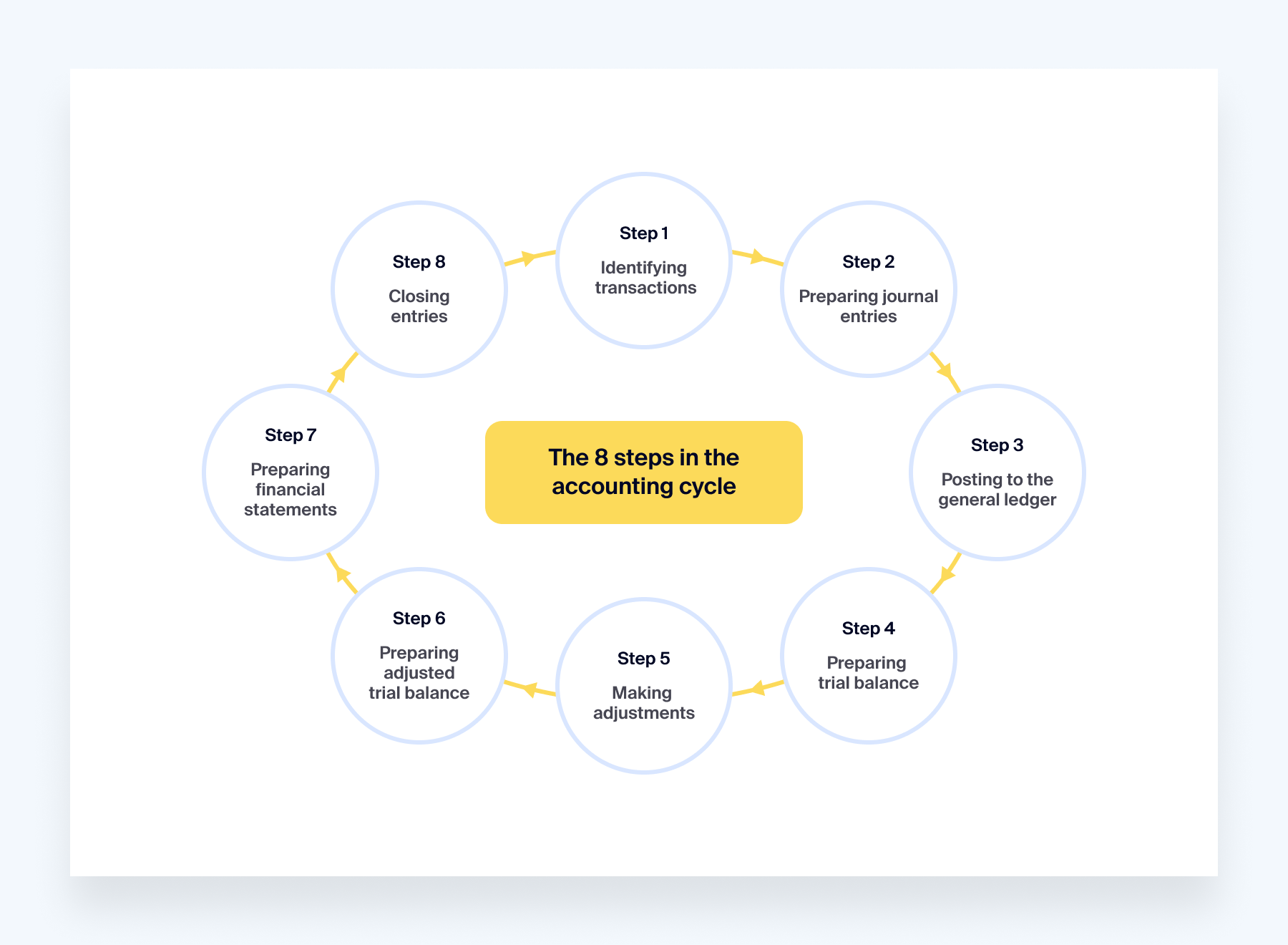🔥TaxDome product updates: explore what’s coming soon and the features you already can enjoy. Learn more
Accounts payable is the money a company owes to its creditors or suppliers for goods or services received on credit.
Accounts payable represents the current liability on the company’s balance sheet. It reflects short-term debt obligations that must be paid within a specified period, which is typically one operating cycle.
EXAMPLE
A business purchases inventory, materials, or services on credit. The amount owed is then recorded as an accounts payable liability. Then, this liability is settled by making payments to the creditors or suppliers according to the agreed-upon terms, such as net 30 days.

Working with accounts payable often follows a particular process. The most common steps are:
- Receiving an invoice and entering data: a company receives an invoice from a vendor or supplier and the accounts payable department or specialist logs the invoice into the accounting system. The log captures key details such as the vendor name, invoice number, invoice date, etc.
- Approving the invoice: the invoice is routed for approval, which involves various levels of review and authorization, depending on the company’s policies. This step ensures that the goods or services were received as ordered and that the invoice is accurate and legitimate
- Allocating the invoice: once approved, the invoice is allocated to the appropriate general ledger accounts, such as cost of goods sold or operating expenses. This step ensures that expenses are categorized and recorded correctly
- Scheduling payments: the accounts payable team schedules the payment based on the invoice due date and the payment terms. Payment scheduling may involve prioritizing invoices based on due dates, available cash flow, and any early payment discounts offered by the vendor
- Processing payments: the accounts payable department processes the payment when the scheduled payment date arrives.
- Reconciliation and record-keeping: once the payment is processed, the accounts payable records are updated to reflect the settled liability. Periodic reconciliations are performed to ensure that the accounts payable records match the general ledger
The key aspects of accounts payable include:
- Vendor invoices, which are received for purchased goods or services. They are used to form the liabilities
- Aging schedule, which categorizes outstanding payables based on their due dates
- Terms of payment, such as net 30 or net 60, which determine the timeframe for payments
- Cash flow management, which involves balancing payments with available cash resources and maintaining liquidity
- Discounts for early payments, which suppliers often offer as an advantage for the company’s cash flow
Frequently asked questions
What is the difference between accounts payable and accounts receivable?
Accounts payable represent the money a company owes to its creditors and suppliers, while accounts receivable represent the money owed to the company by its customers or clients for goods or services provided on credit.
What are some best practices for managing accounts payable?
Best practices for managing accounts payable are to:
- Establish clear policies for invoice and payment processing
- Maintain an up-to-date accounts payable aging schedule to prioritize payments
- Negotiate favorable payment terms with suppliers, such as extended payment periods
- Implement internal controls and approval processes to prevent errors and fraud
- Automate accounts payable processes to reduce manual errors
- Monitor cash flow and liquidity to ensure timely payments to creditors
How does accounts payable impact a company’s cash flow?
Accounts payable are important for a company’s cash flow.
When a company delays payment to its creditors or suppliers, it improves its short-term liquidity by temporarily retaining cash. However, if payments are delayed excessively, it can strain relationships with suppliers and lead to late payment penalties.